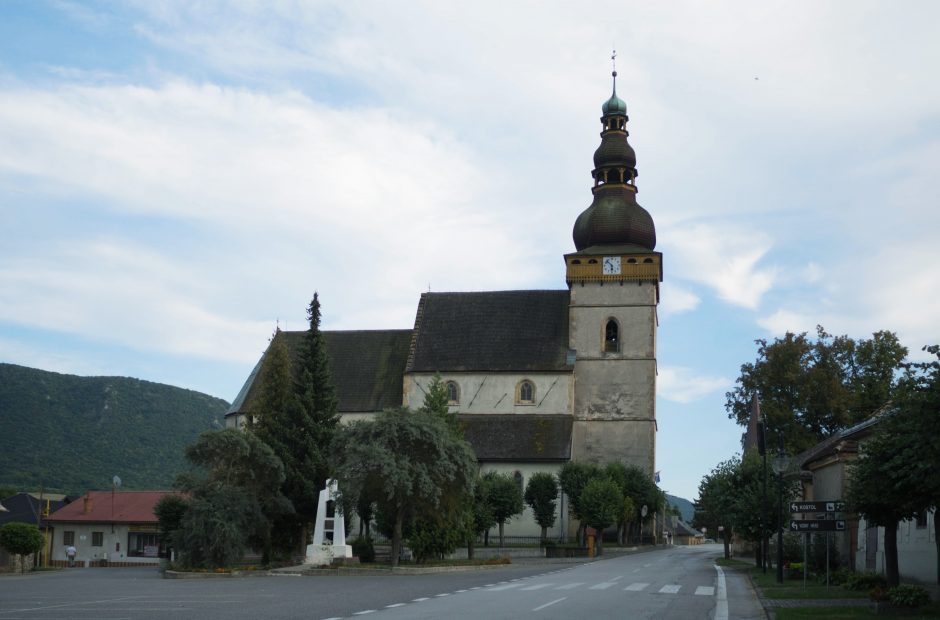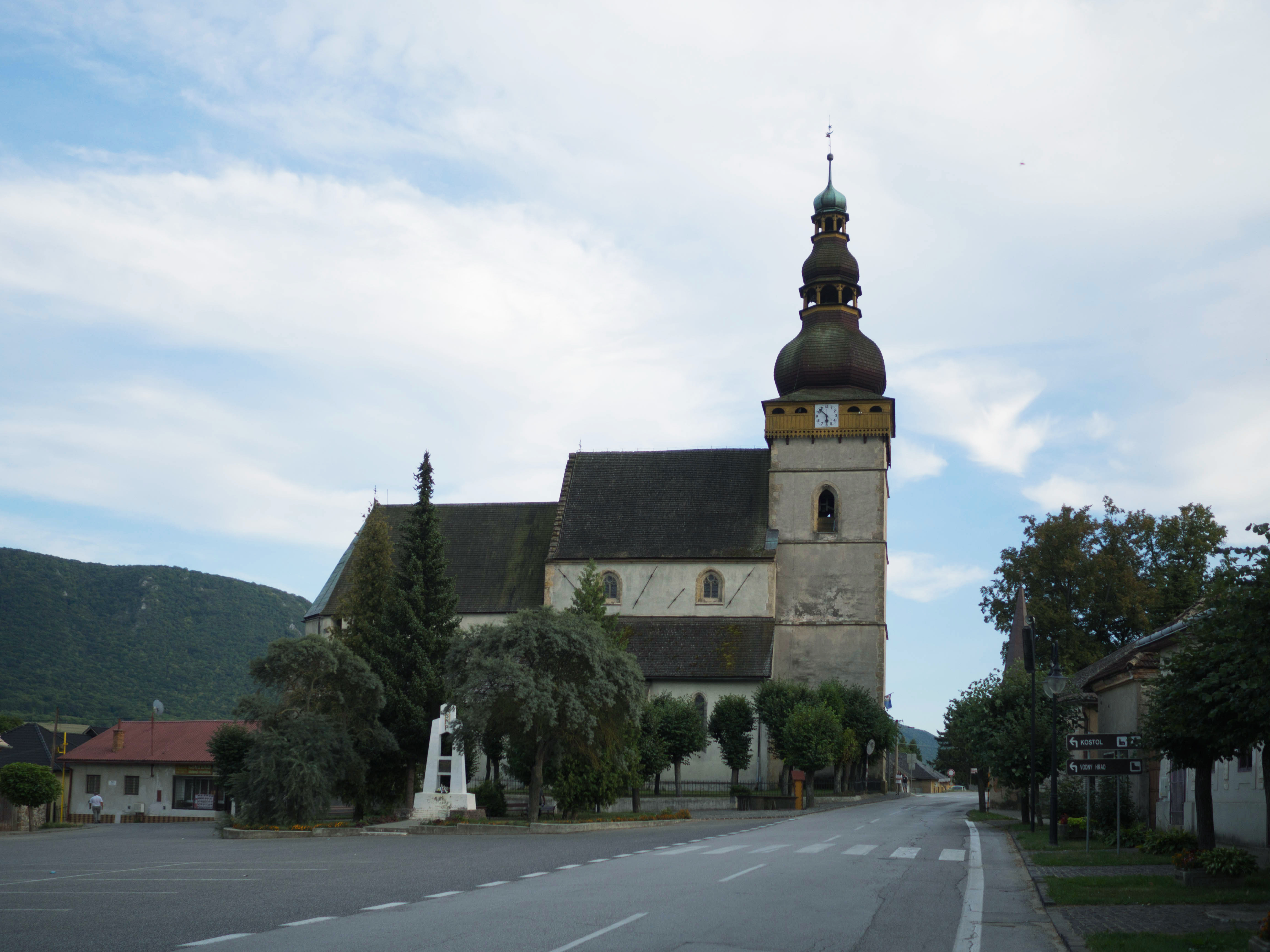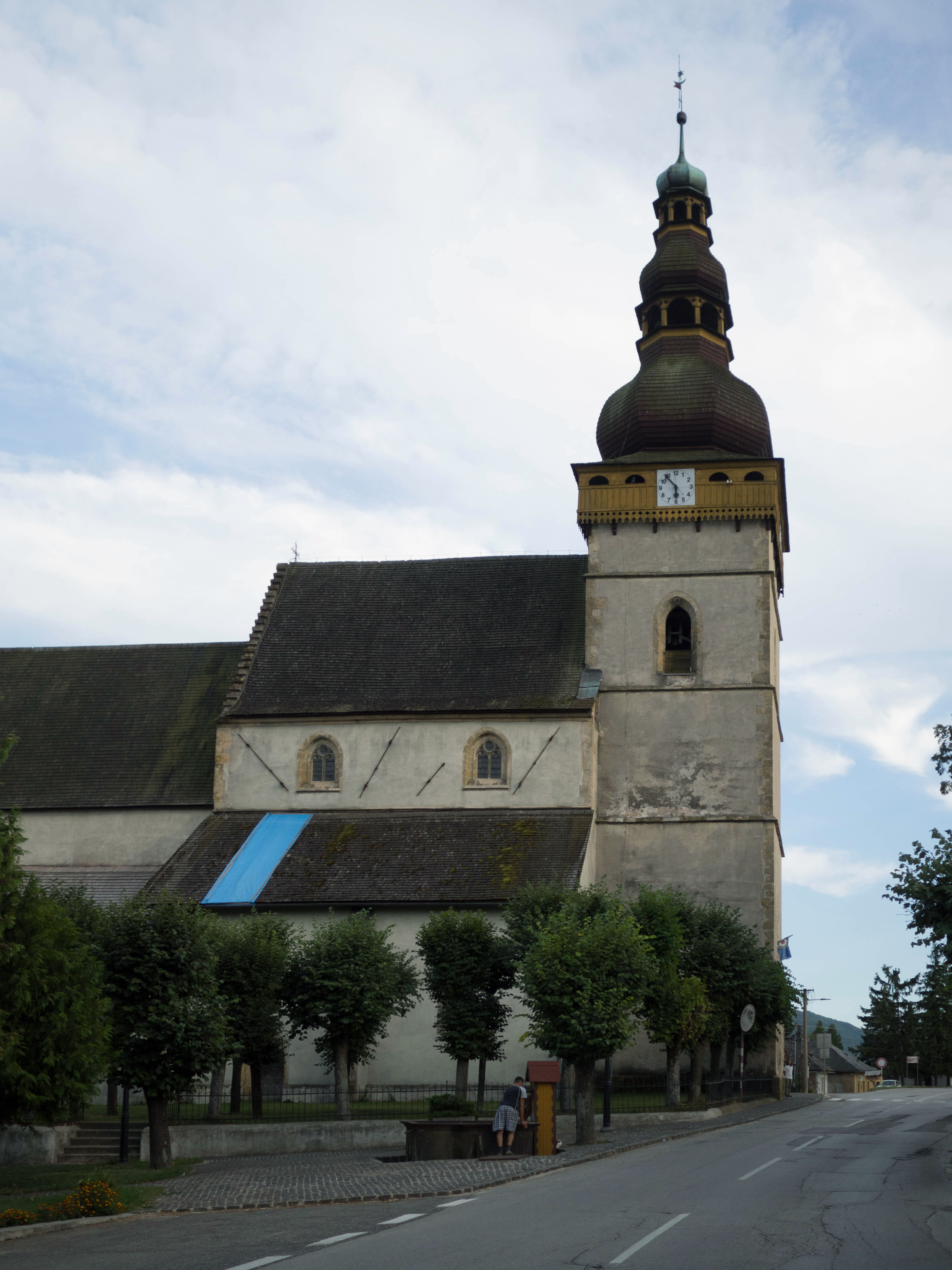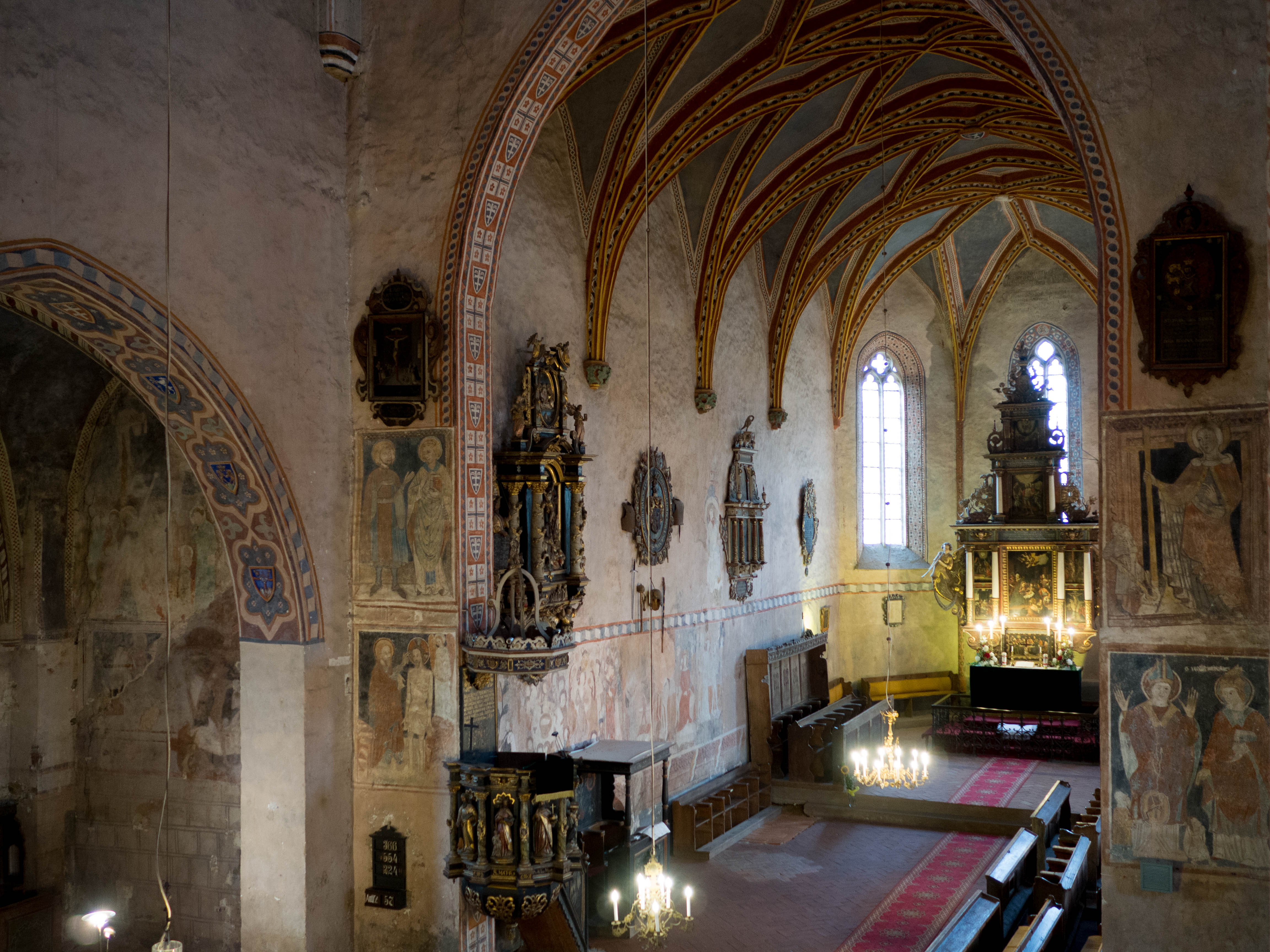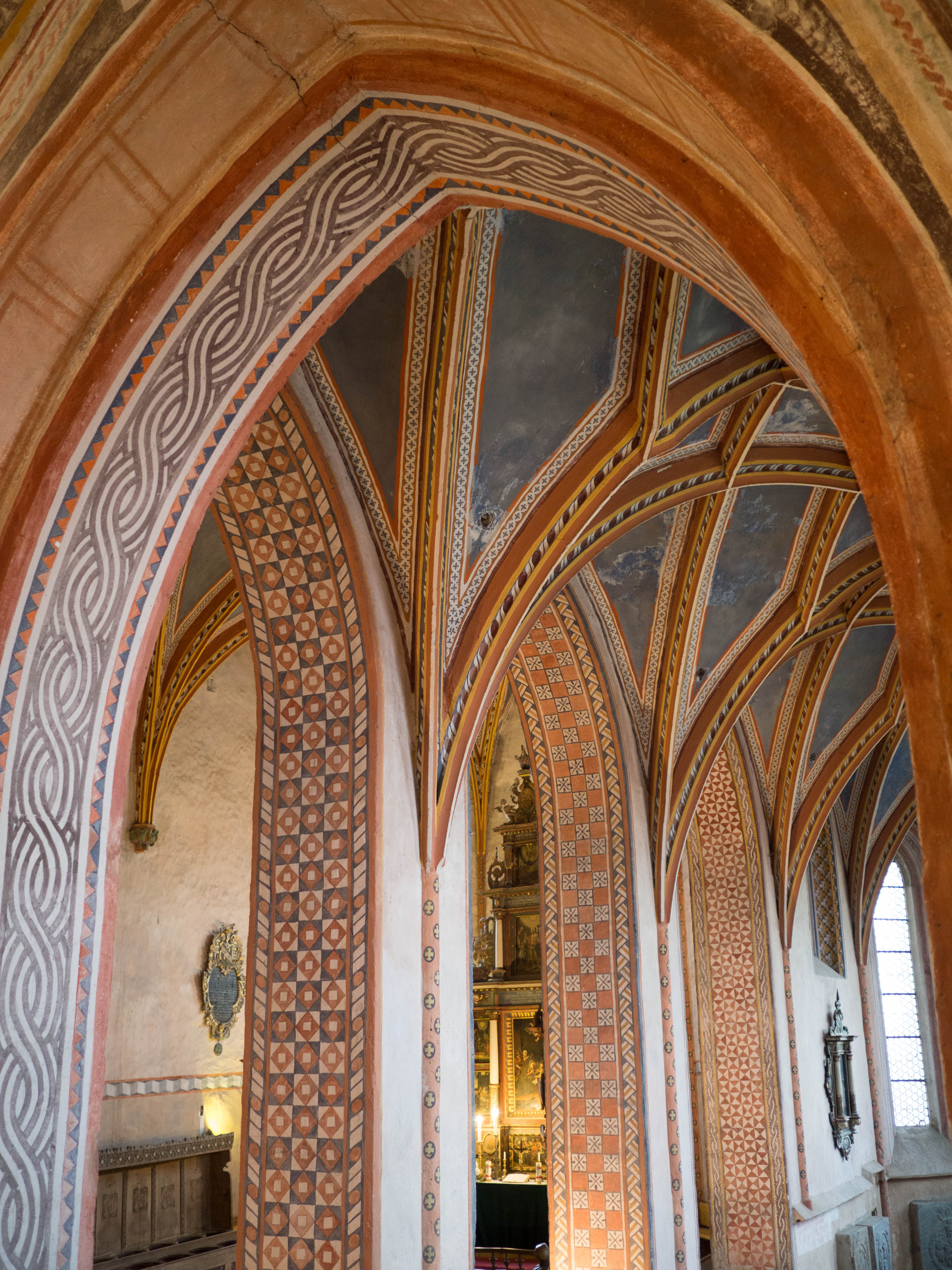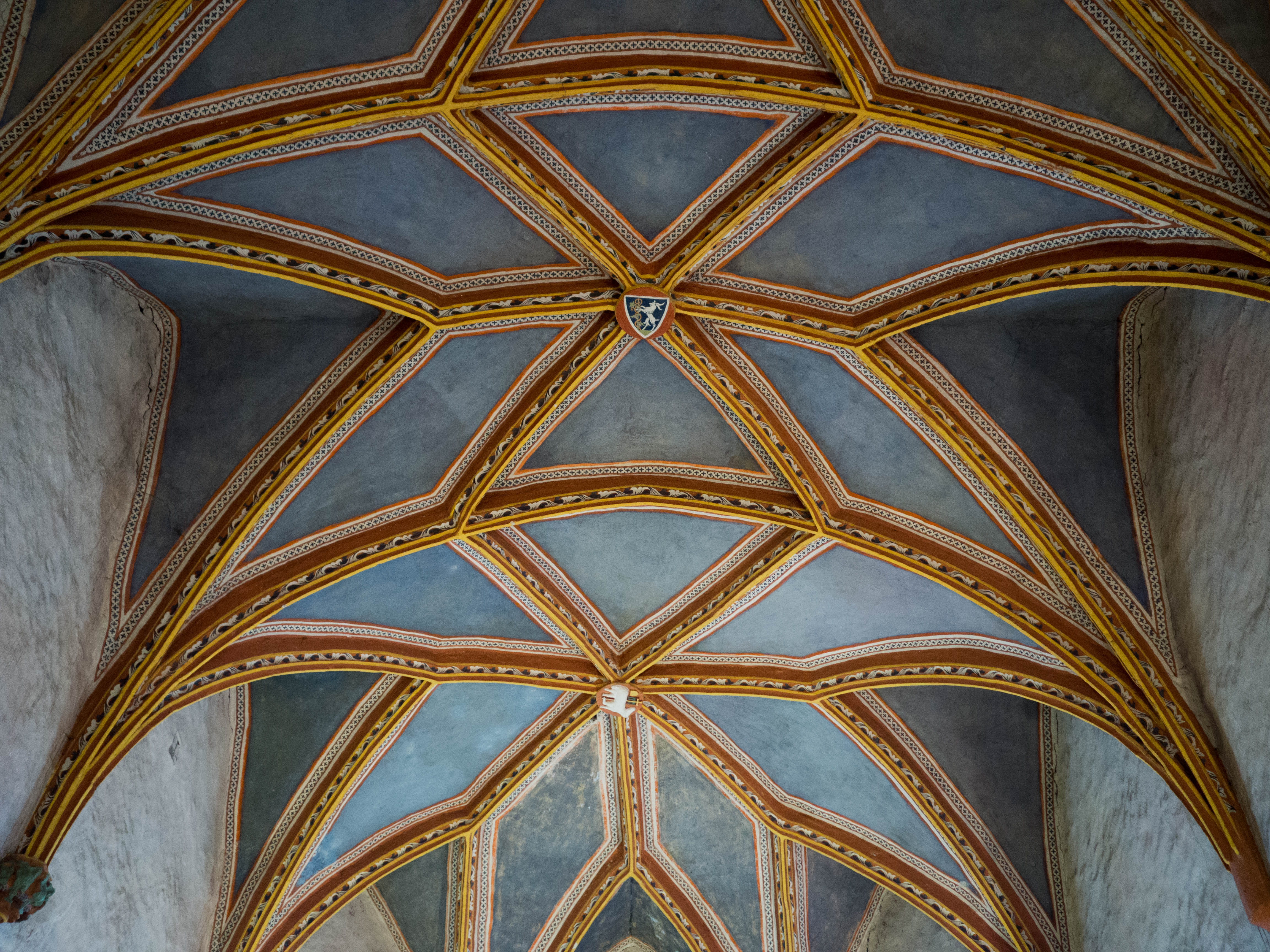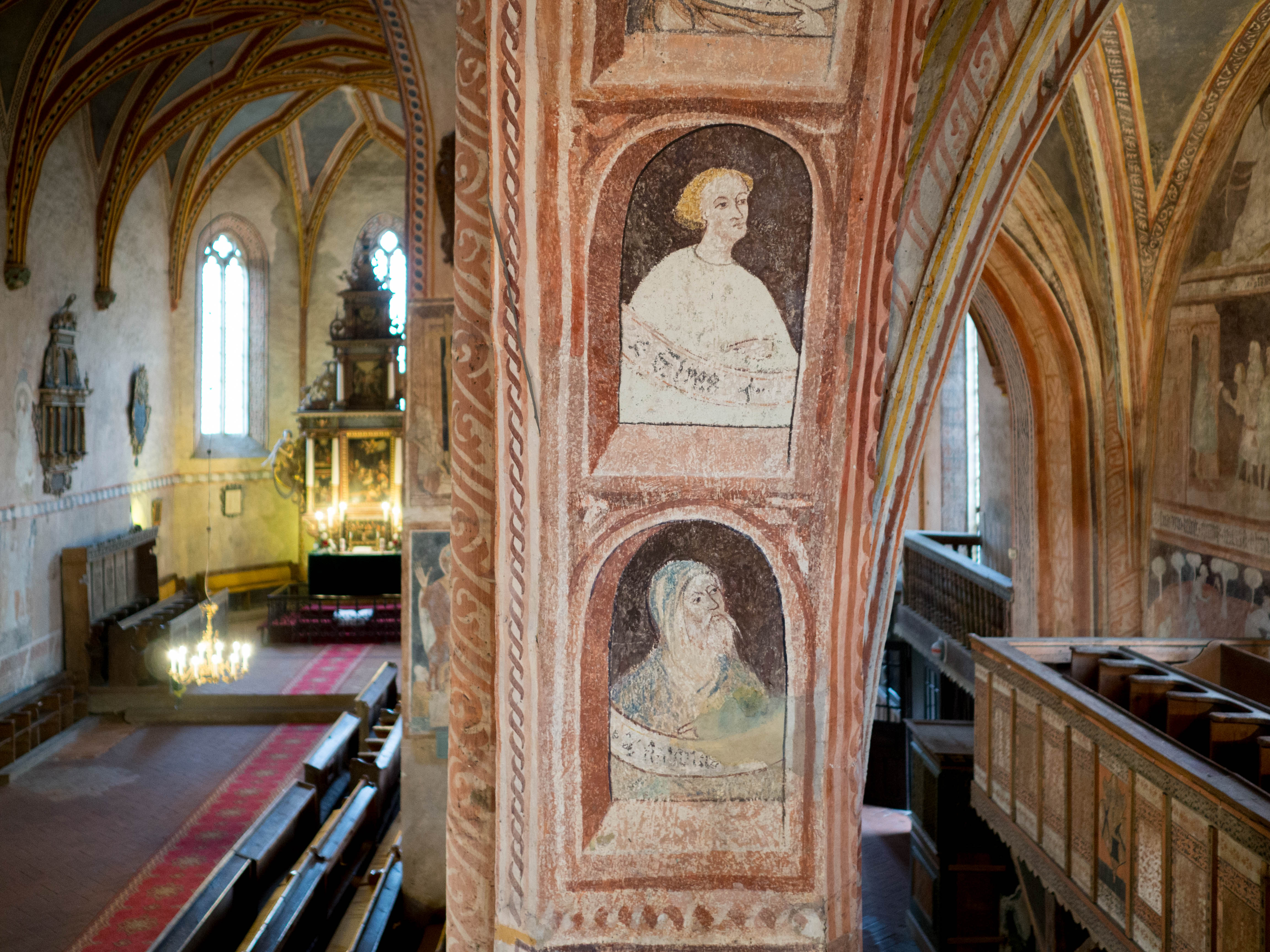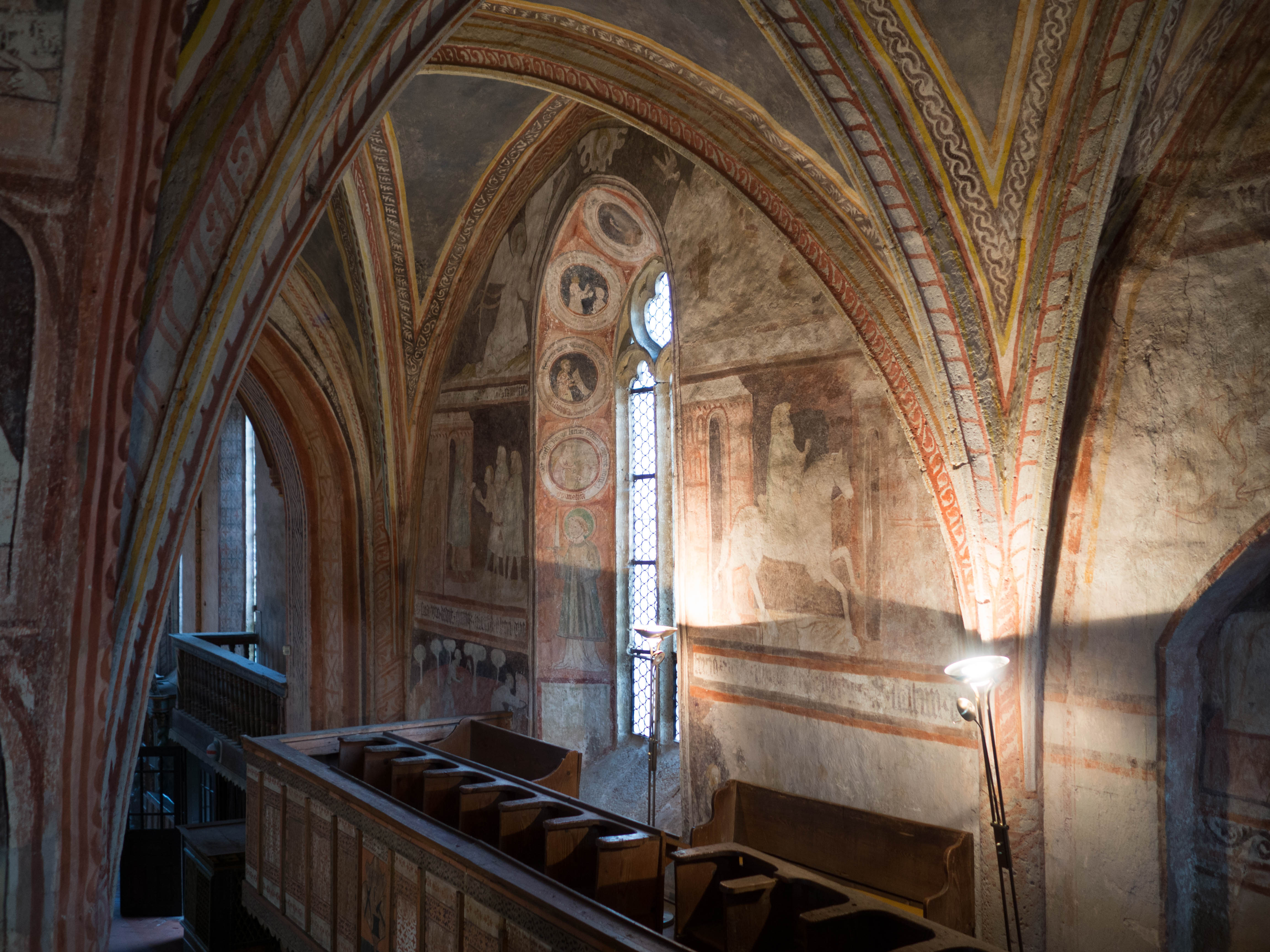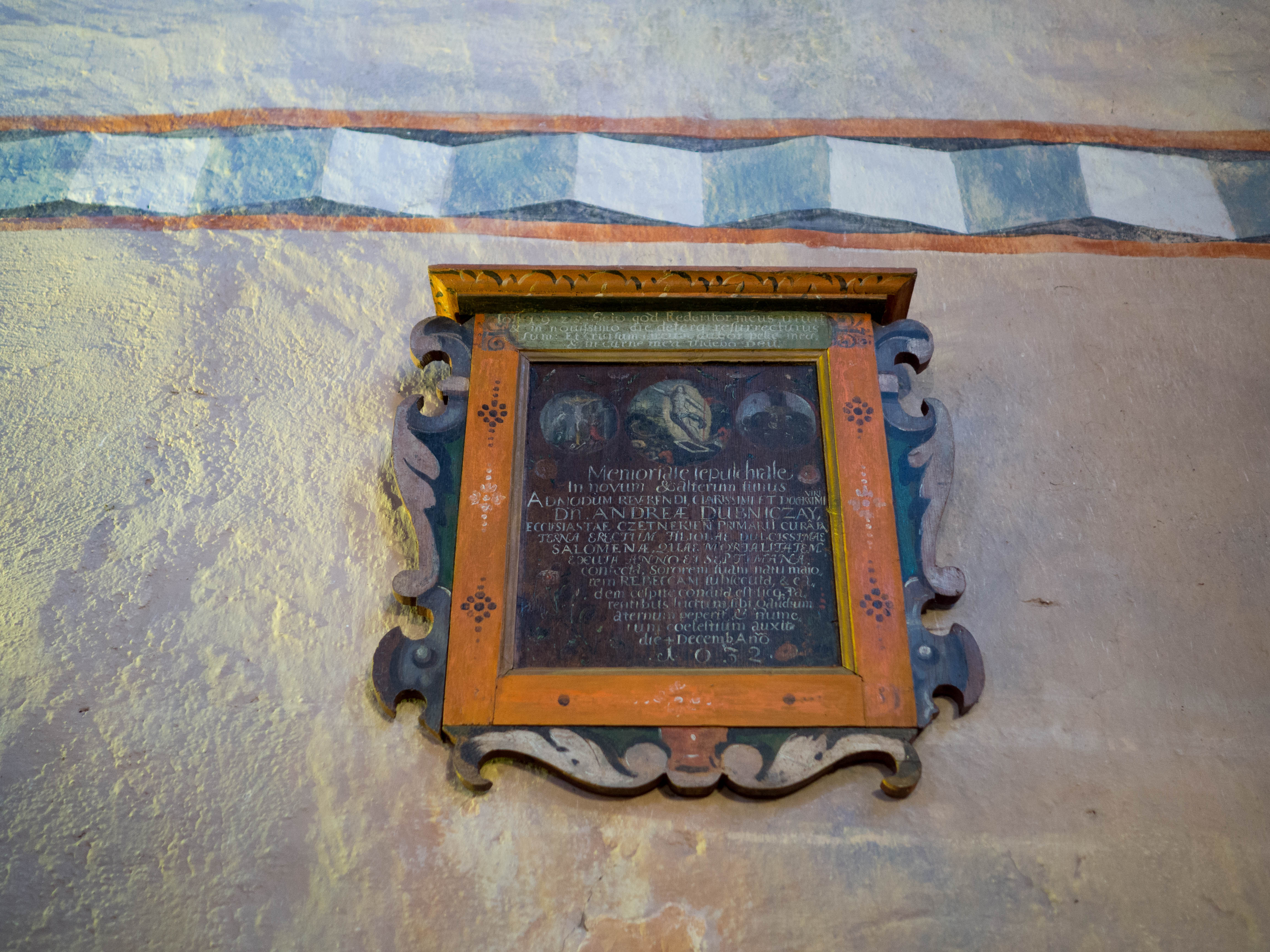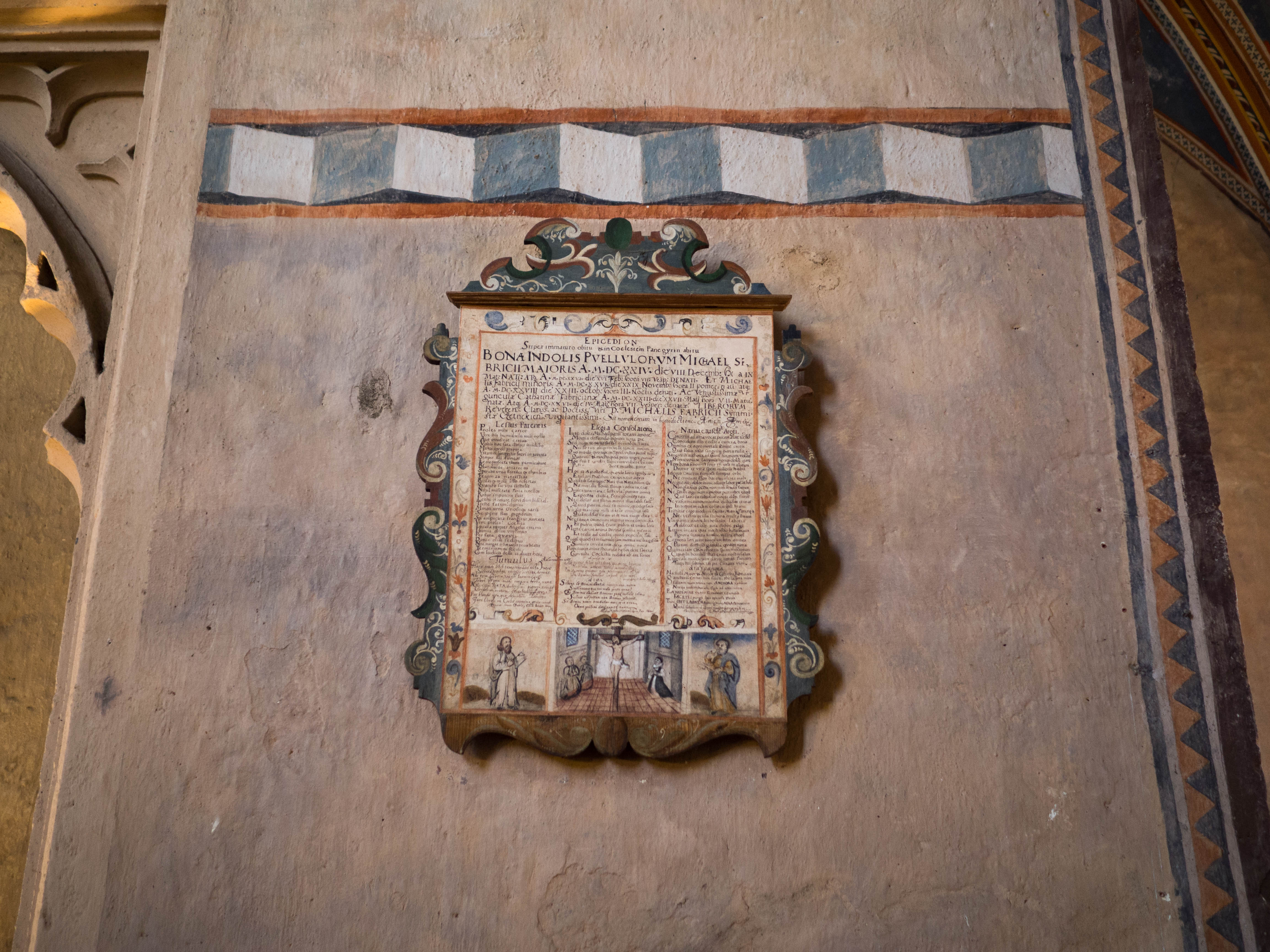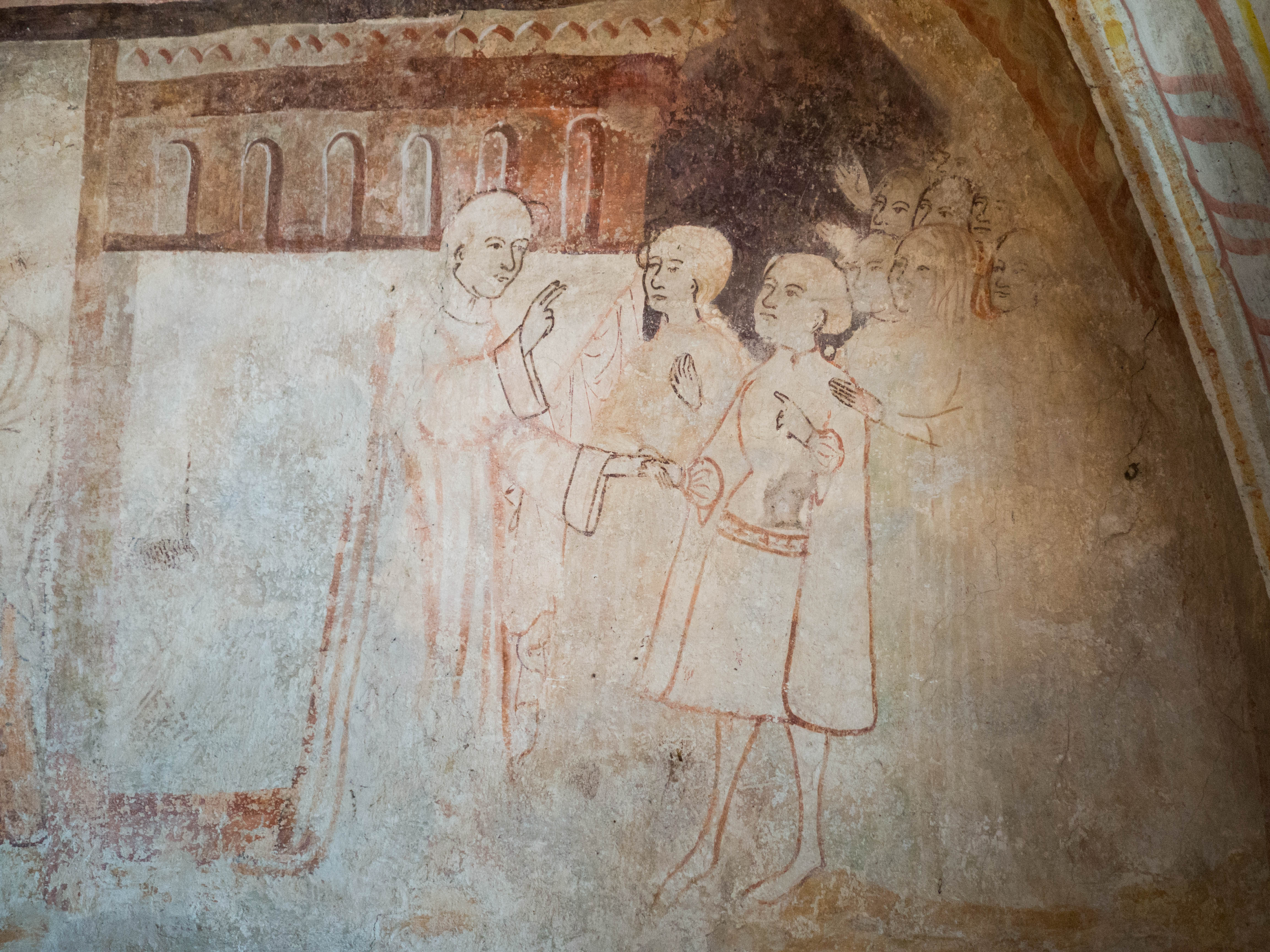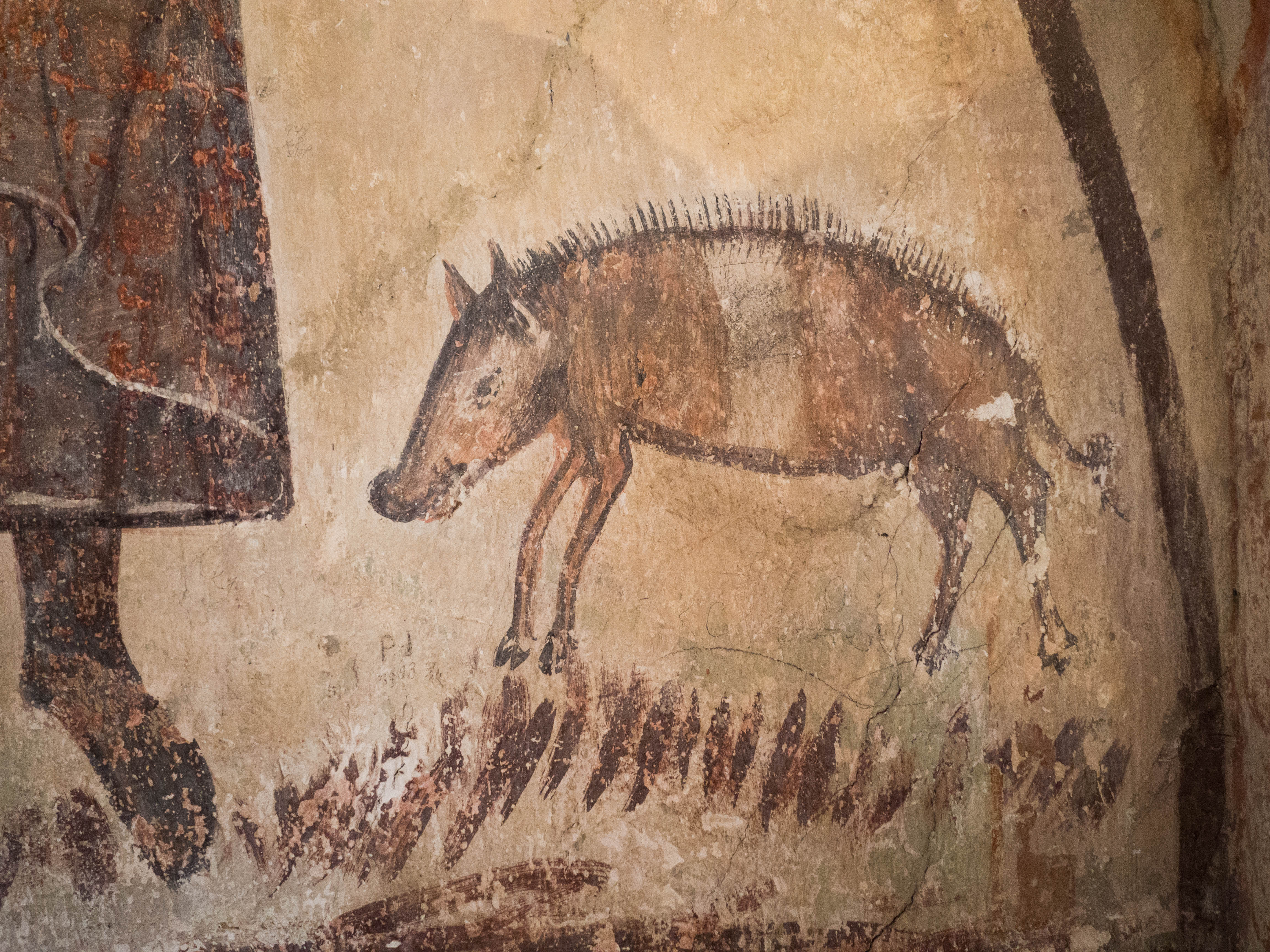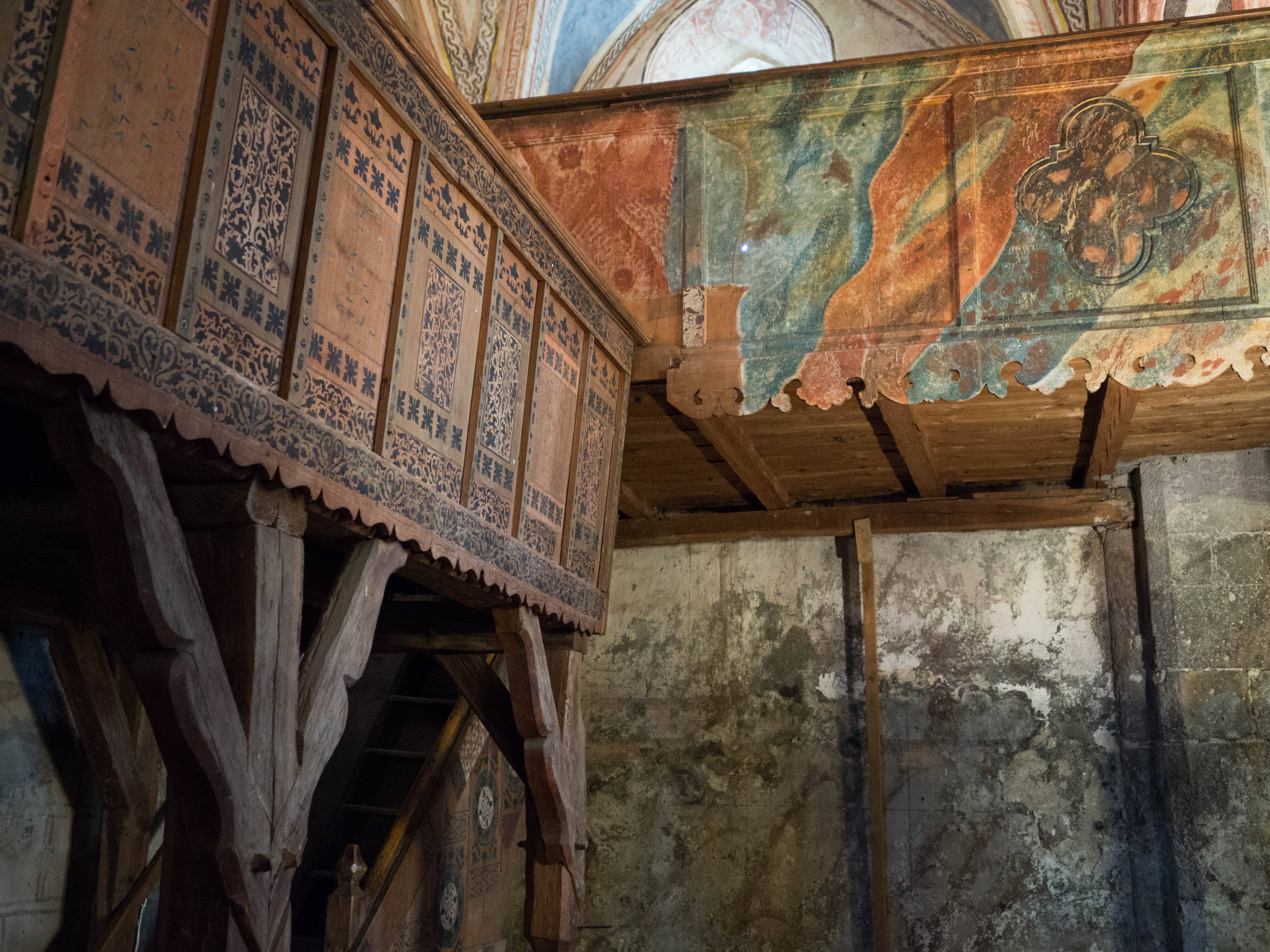A breathtaking gothic church is standing in Štítnik since the 13th century. Exceptionally, it has remained undamaged since the Middle Ages and it had been frequently rebuilt. It was built by a Štítnický noble family. Originally it was only a small church, but during the second third of the 14th century, when the family was already the owner of the Štítnik water castle, they expanded it following the pattern of the neighbouring Plešivec Church. A three-nave basilica was built.
The next stage of the construction began in 1460. The interior was vaulted with rib vaults. The extension of the northern nave is still unfinished. All two and three-part Gothic windows with late Gothic flame tracery are from the last third of the 15th century. The construction was completed with a new fresco painting, which covered the original paintings on the walls of the older building. Due to various obstacles, the construction of the church lasted until the second third of the 18th century, when a massive tower was completed and roofed.
The church became Lutheran in the middle of the 16th century and in the 17th century, its interior furnishings were restored in accordance with the new faith. During the restoration of the interior, medieval murals were whitewashed, then they were uncovered in the 20th century, when the church was completely restored. Murals painted mostly with the Italian fresco technique originally covered all the inner walls of the church. The Štítnik frescoes date back to the period from the middle of the 14th century to the 16th century. From the oldest layer of paintings, a fragment of a scene of the Apocalypse has been preserved, showing the triumph of Death, which is depicted in the form of a galloping rider on a white horse. The lower part of the northern wall of the side nave is filled with the Christological cycle. Its most popular painting is called the Madonna of Štítnik. The monumental scene of Volto Santo is a unique phenomenon in Central Europe. It is an Italian interpretation of the legend of the miraculous cross with a statue of the Crucified Christ-King (called the legend of Volto Santo). Do not miss a small scene from the Old Testament legend of Jonah and the whale. This unique motive of Jonah and the whale is depicted in the logo of the church.
In the round medallions, there are painted female figures with inscription bands symbolizing the seven liberal arts that formed the basis of medieval education: arithmetic, astrology, geometry, grammar, logic, music and rhetoric. Paintings from the last third of the 15th century display seven sacraments. There is a Passion of Jesus’ cycle in the extension of the main nave and on the northern wall of the chancel. Overall, there are still many undiscovered paintings hidden under the plaster of the Štítnik Church. In addition to interior paintings, there are remnants of frescoes also on the outer walls of the church. The significance of mural paintings goes far beyond the borders of the region and directly interferes with the development of medieval art in Central Europe.
The furniture consists of a valuable Gothic cast iron baptismal font (1454), a late Gothic choir-stalls from the beginning of the 16th century; other equipment dates mostly from the 17th and 18th centuries. They are mainly wooden painted matroneums of local guilds, church pews painted with floral ornaments, a massive organ emporium with a baroque organ cabinet, an early baroque pulpit, a high renaissance altar (1636) with valuable mannerist paintings and baroque epitaphs and hatchments. A Renaissance organ is located on an upper balcony with a stone balustrade (the so-called choir of lepers).
 |
|
| Architecture: gothic | Construction: 13th century |
| Church: Lutheran Church | Patrocinium: originally Holy Virgin |
| Circuit: Štítnik Circuit | |
| Contact person: Mgr. Jana Hrivniaková, pastor | |
| Telephone number: +421 907 337 855 |


